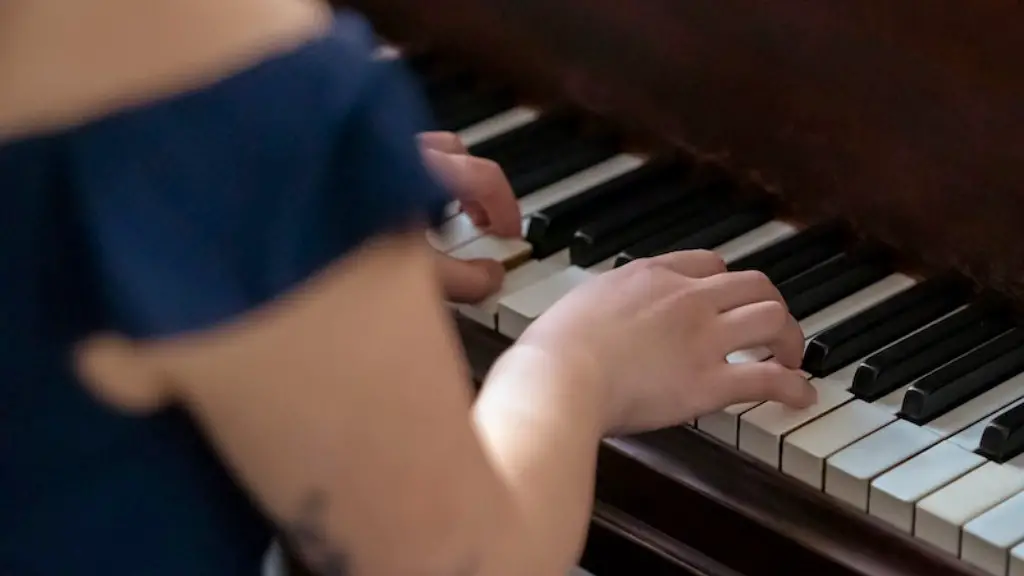How To Draw A Sketch
Drawing sketching can seem intimidating, but with some practice and a lot of patience you can learn to master the skill. The beauty about sketching is that even if it doesn’t come out exactly as you envisioned it, it’s still yours and you can take pride in it.
Gathering Your Supplies
Before you even start sketching, you’ll need the right supplies. You’ll likely want paper, a pencil or charcoal, eraser and maybe a blending stick—it just depends on what you need. But no matter what, you’ll need a good set of eyes and a crafty sense of creativity. Get your supplies ready and move on to the next step!
Getting Started
When you finally have all your supplies, you can start sketching. Many budding artists tend to think that they need a specific subject matter to draw, but the truth is you can draw whatever you’d like—you just need the right mindset. To get started, grab your paper, pencil or charcoal and draw away. No matter what you draw, make sure to get it on paper.
Practicing Patience
When it comes to sketching, patience is key. Remember, it won’t always come out the way you pictured it in your head. You’ll definitely want to take breaks and come back with a fresh mindset. Remember, practice makes perfect and the more you sketch, the better you’ll get.
Focusing On Detail
When sketching isn’t going as planned, it’s time to focus on the details. Start small and work your way up. By working out the details, your sketch will start to come together. This trick will often help your sketch express that creative vision you had.
Tracing and Outlining
If you’re feeling stuck, a great trick is to trace and outline it. Trace your sketch on tracing paper and then transfer it to a new piece of paper. This can sometimes help make the sketch come to life, or even help you edit it in a new way. Whether you’re adding lines or subtracting them, this can be a great way to make the sketch your own.
Practicing Time Management
It can be easy to get stuck in a rut when it comes to sketching. You don’t want to rush the process, but it’s important to stay on task. This helps to keep you motivated and stops you from getting overly frustrated.
Spending Time Refining
When you have a completed sketch, it’s time to refine it. Look for any elements that need to be changed, fixed or highlighted. Don’t be afraid to add a few elements that weren’t there before. By refining it, the sketch will truly come to life and you’ll take great pride in it.
Staying Positive
Sketching can be tricky and any artist has experienced the feeling of frustration. But don’t give up! Get back in the driver’s seat and keep creating. Stay positive, be patient and don’t lose sight of that creative vision. Sketching is an art and a skill that can be learned, so don’t give up on it.
Understanding Proportion
When it comes to sketching, it’s important to understand proportion. Proportion is the size of objects relative to one another, something that is key to a well composed sketch. This is an element that you’ll need to practice in order to perfect your sketch.
Utilizing Different Techniques
Technique is an important element when it comes to sketching. You could be the best in the world, but if you don’t have proper technique you won’t have a great sketch. So don’t be scared to try different techniques, such as shading, hatching and blending to make the sketch truly your own.
Revisiting Old Sketches
Sometimes a sketch that didn’t seem to work can be revisited when you have a fresh mind. Taking a look at your old sketches and giving them another shot can help you realize that the skills you’ve learned will benefit the original sketch. So take a second look and give it another go!
Seeking Inspiration
When it seems like your sketch just isn’t coming together, it’s time to seek out some inspiration. Whether you look online or go outside, it’s important to see what other artists are doing. You might look to greats like Michelangelo or Picasso and even try to imitate their work. Either way, inspiration can help you come up with something new and innovative.
Exploring Different Drawings and Formats
When you want to take your sketching to the next level, it’s important to explore different drawings and formats. Why not try shading a still life object, for instance? Or exploring a continuous line project? Different drawing methods can help you use different parts of the brain and can be especially helpful when you’re stuck.
Having Fun
Above all else, it’s important to have fun with sketching. Don’t get too caught up in perfection or the final product. Sketch with joy and enthusiasm and don’t be afraid to make mistakes and explore new possibilities. By having fun, you’ll enjoy the process and end up with something you can be proud of.
